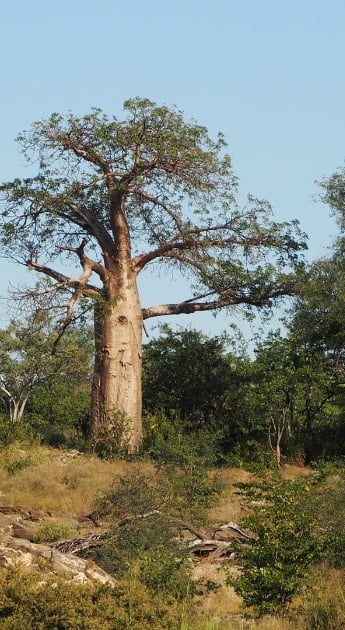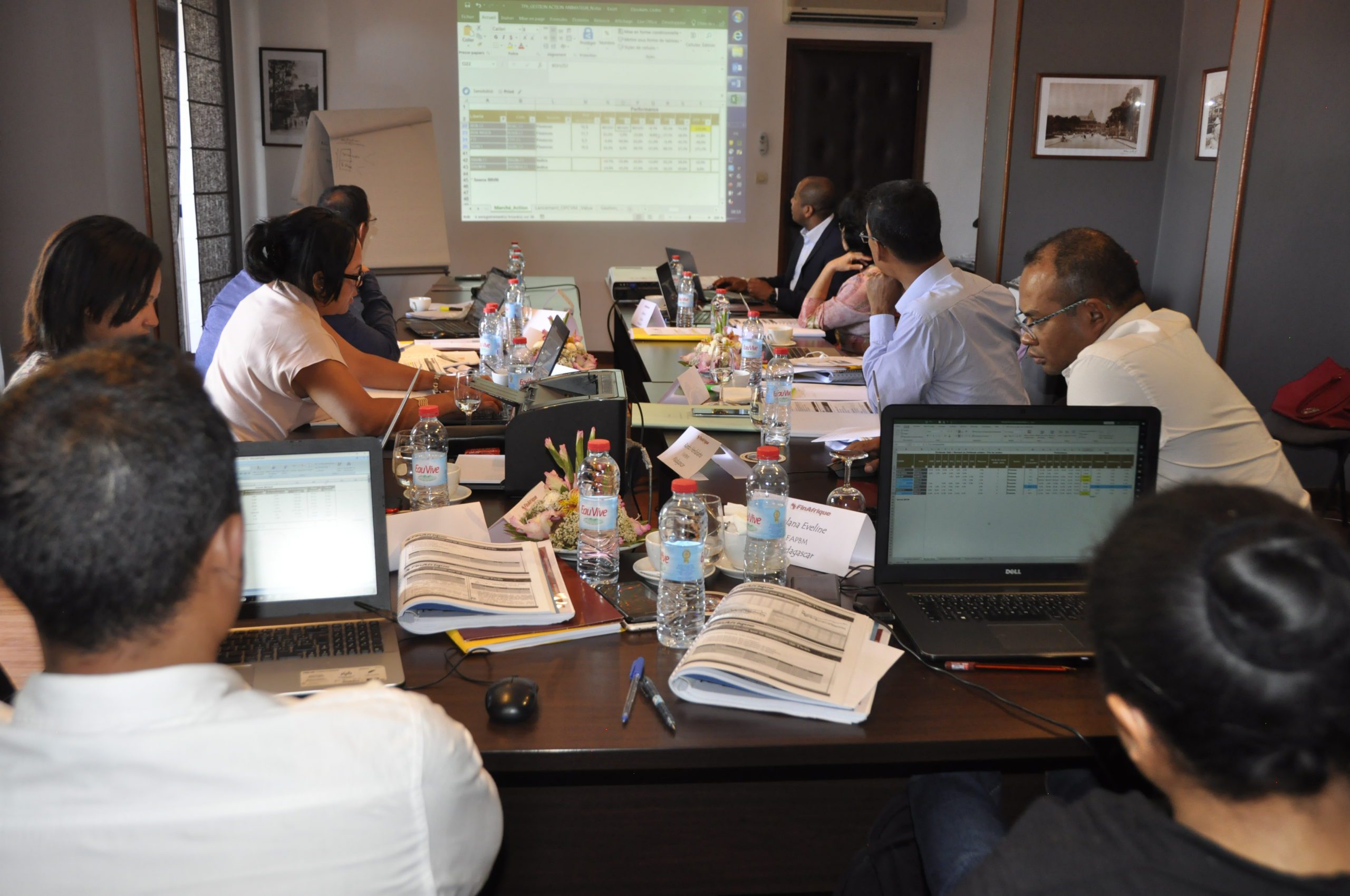i. Develop a fundraising strategy with an implementation plan,
ii. Continue fundraising with historical contributors (KfW, AFD, WB, CI, FFEM, WWF, GEF ),
iii. Conduct fundraising campaigns with new external sources (bilateral funds, philanthropic foundations, international initiatives, multilateral funds),
iv. Create a corporate fund for the protection of biodiversity,
v. Mobilize potential local funding.









